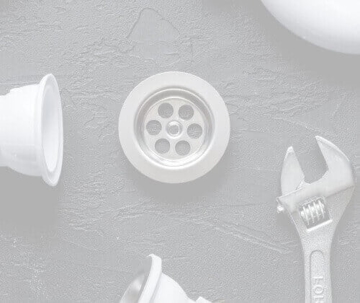
If you are concerned about the quality of the water that comes into your house from the municipal plumbing system, you aren’t alone… and you probably have a good reason for those concerns. Even the best water treatment plant can’t prevent chemicals, minerals, and heavy metals from entering the water in the pipes as it travels to your house. When you suspect poor quality water, arrange for water testing with us, and we’ll determine what type of water treatment system will resolve the problem.
One of the most common types of water treatment solutions we recommend is the reverse osmosis filtration system.
How Reverse Osmosis Works
A reverse osmosis (RO) filter is essentially a powerful filter that can remove much smaller pollutants than standard adsorption filters. An RO system can eliminate pesticides, nickel, iron, chlorine, sodium phosphate (the source of that “rotten egg” smell everybody hates), arsenic, and even bacteria. But if you know anything about how filters work, you’ll wonder how the water can be forced through a filter powerful enough to trap those contaminants. Wouldn’t it be too thick, and end up stopping the water as well?
This is where the osmosis part comes in. An RO treatment system creates two areas of pressure in the water on the two sides of the filter. The water on the incoming side is kept at a much higher pressure, and osmosis—the natural movement from a high-pressure area to a lower pressure one—forces the water through the semi-porous membrane. The water flow isn’t interrupted, and the unwanted particles are removed.
But to make sure that an RO system is right for your home, leave the work to professionals. Testing and proper installation are necessary to make sure an RO system does the job it’s supposed to, without harming water flow in the house.
Mallick Plumbing & Heating offers extensive water treatment services in Gaithersburg, MD and through the surrounding areas.
